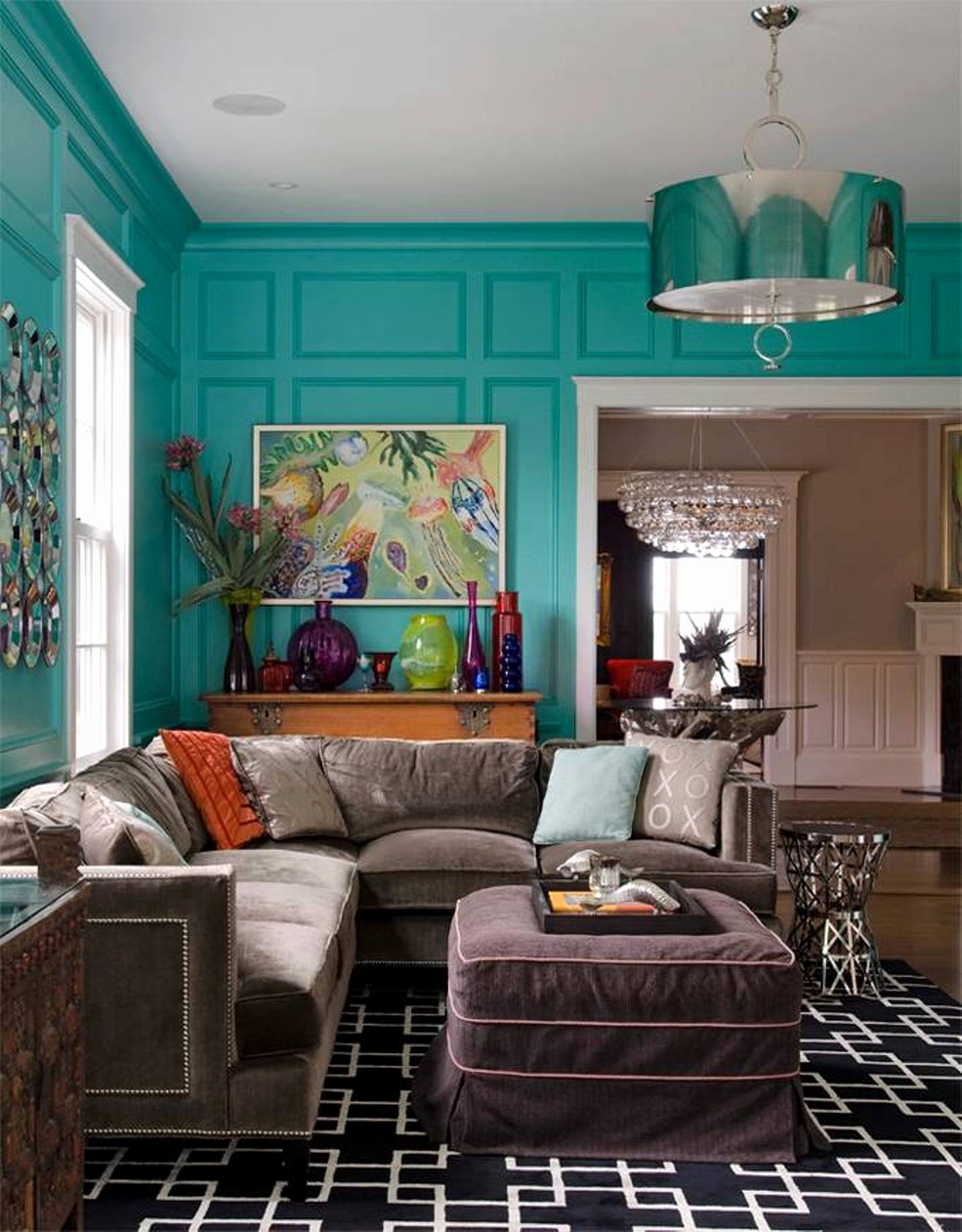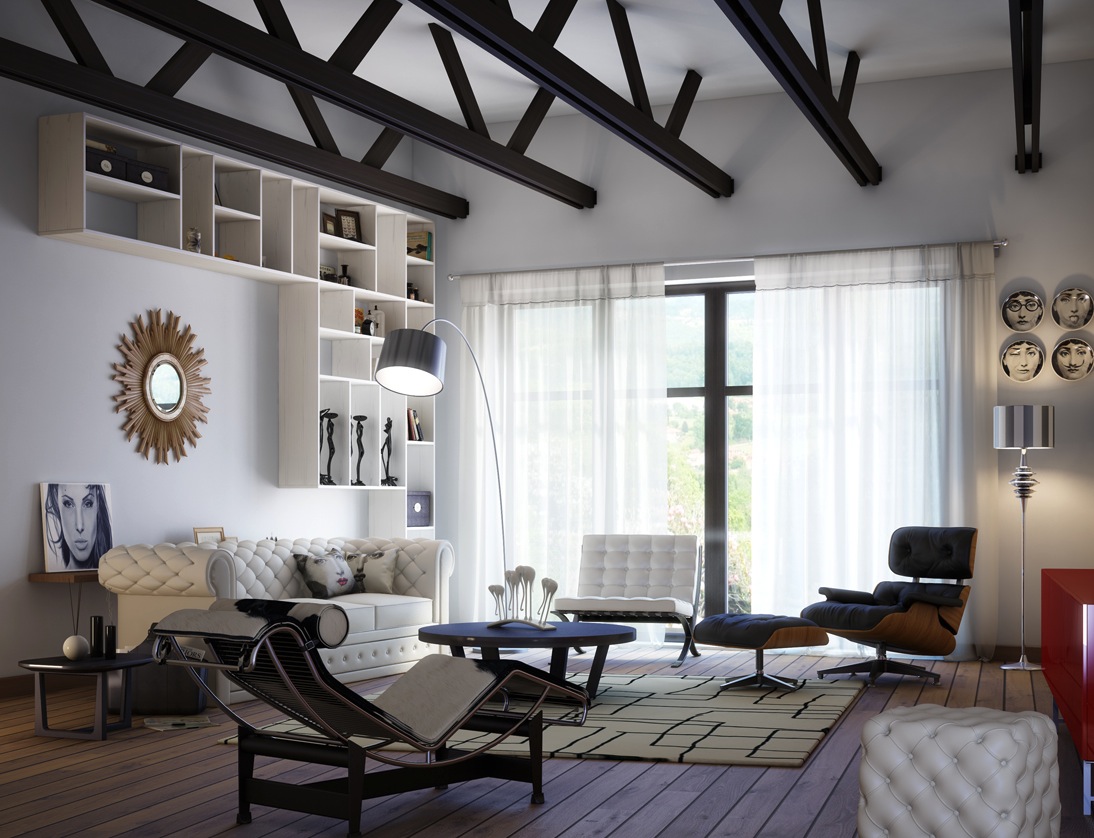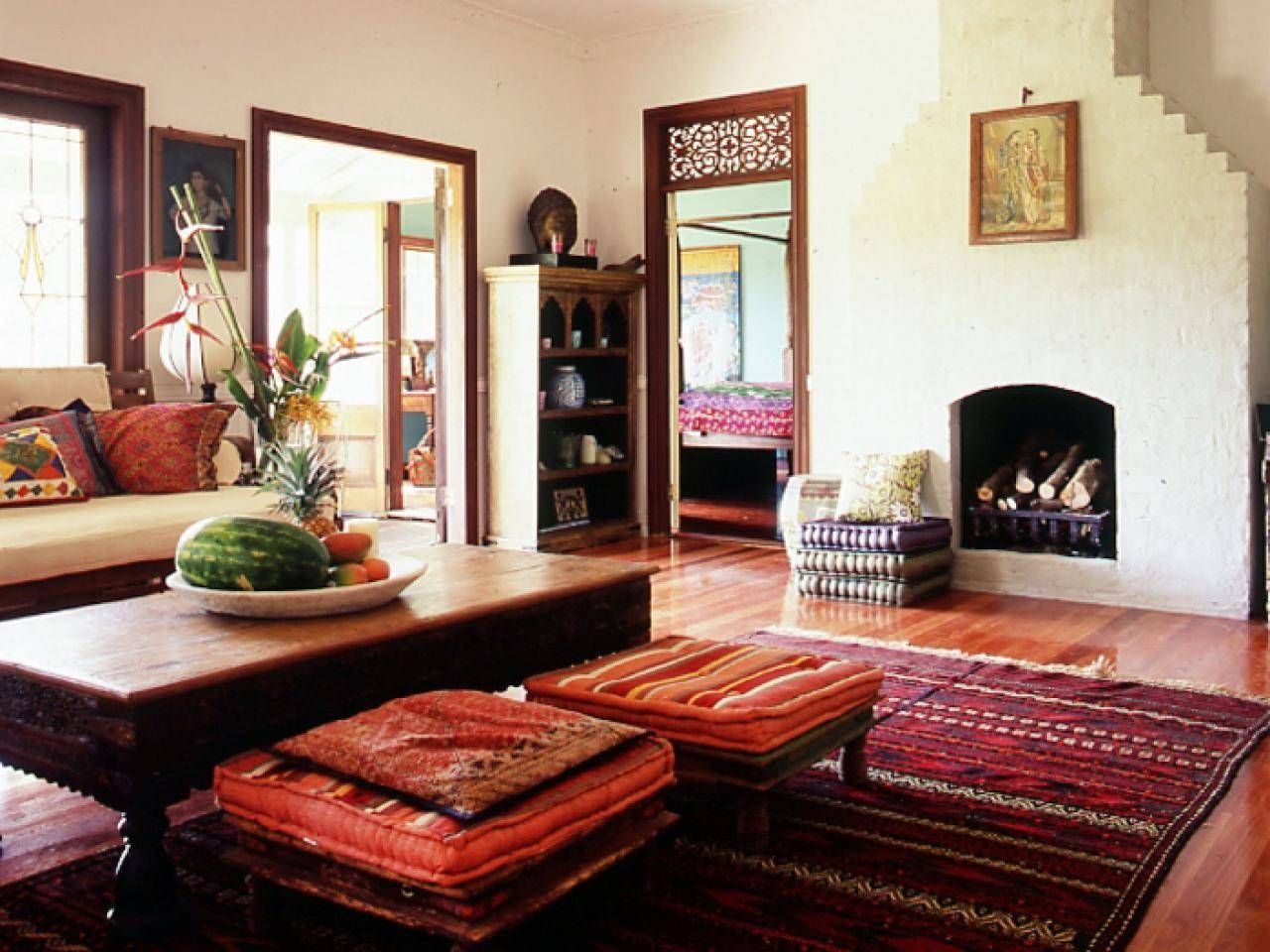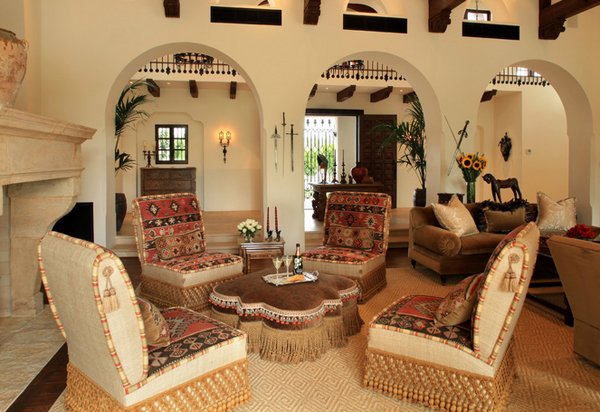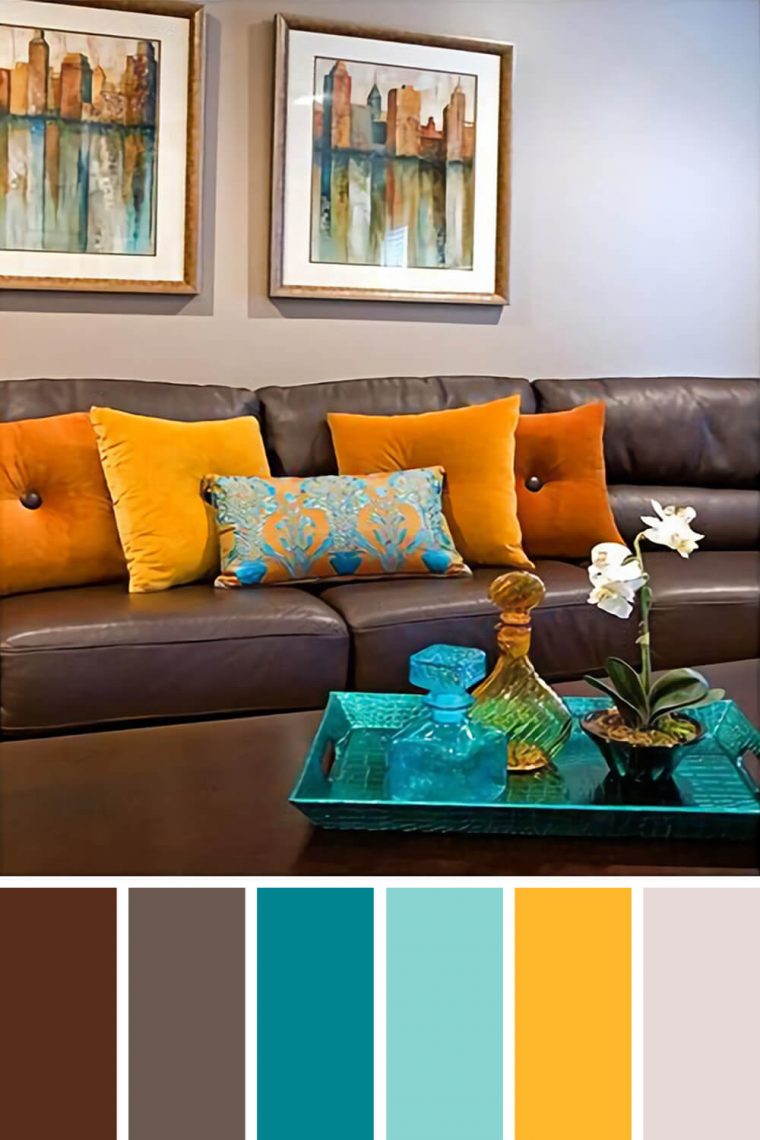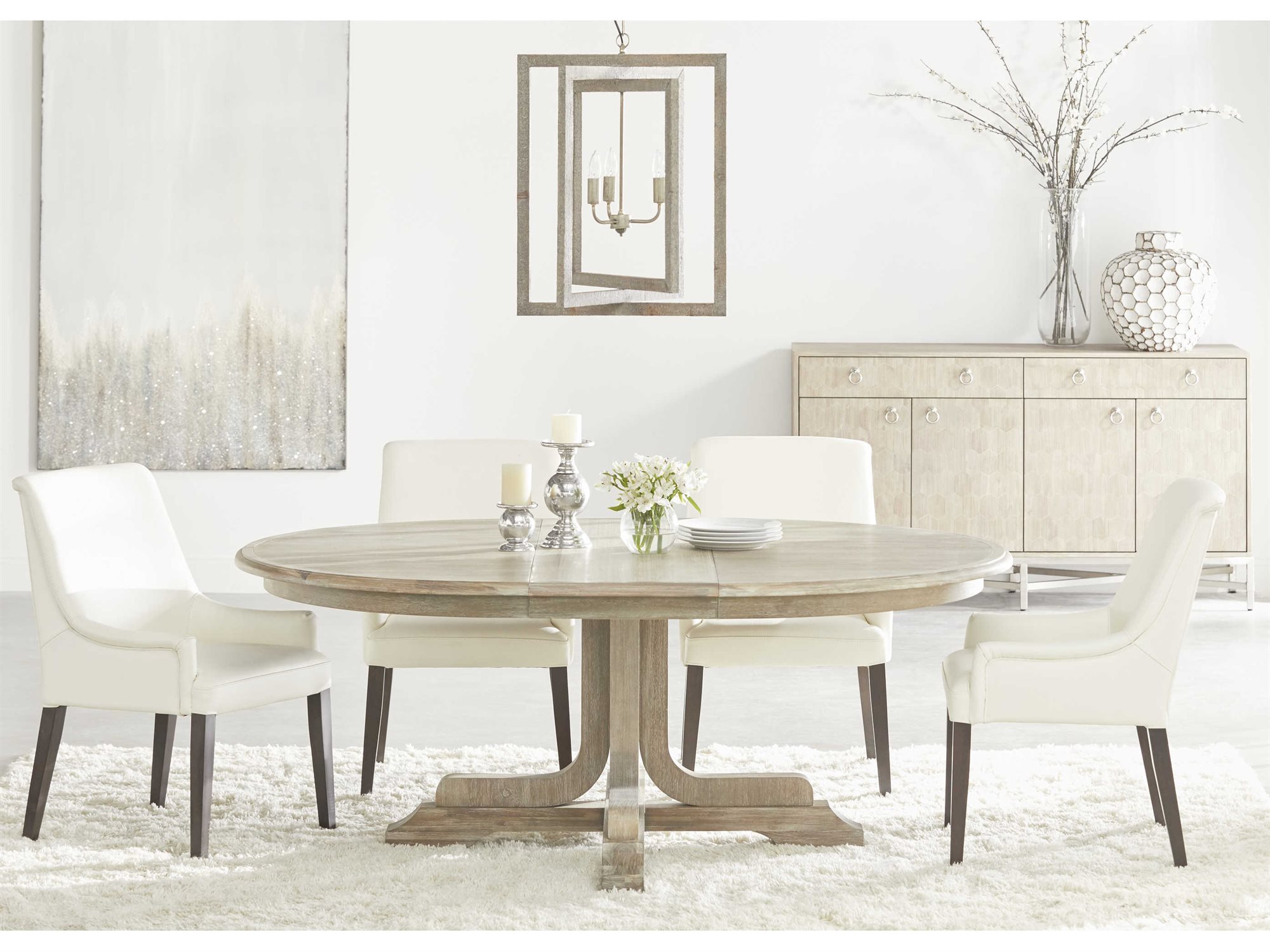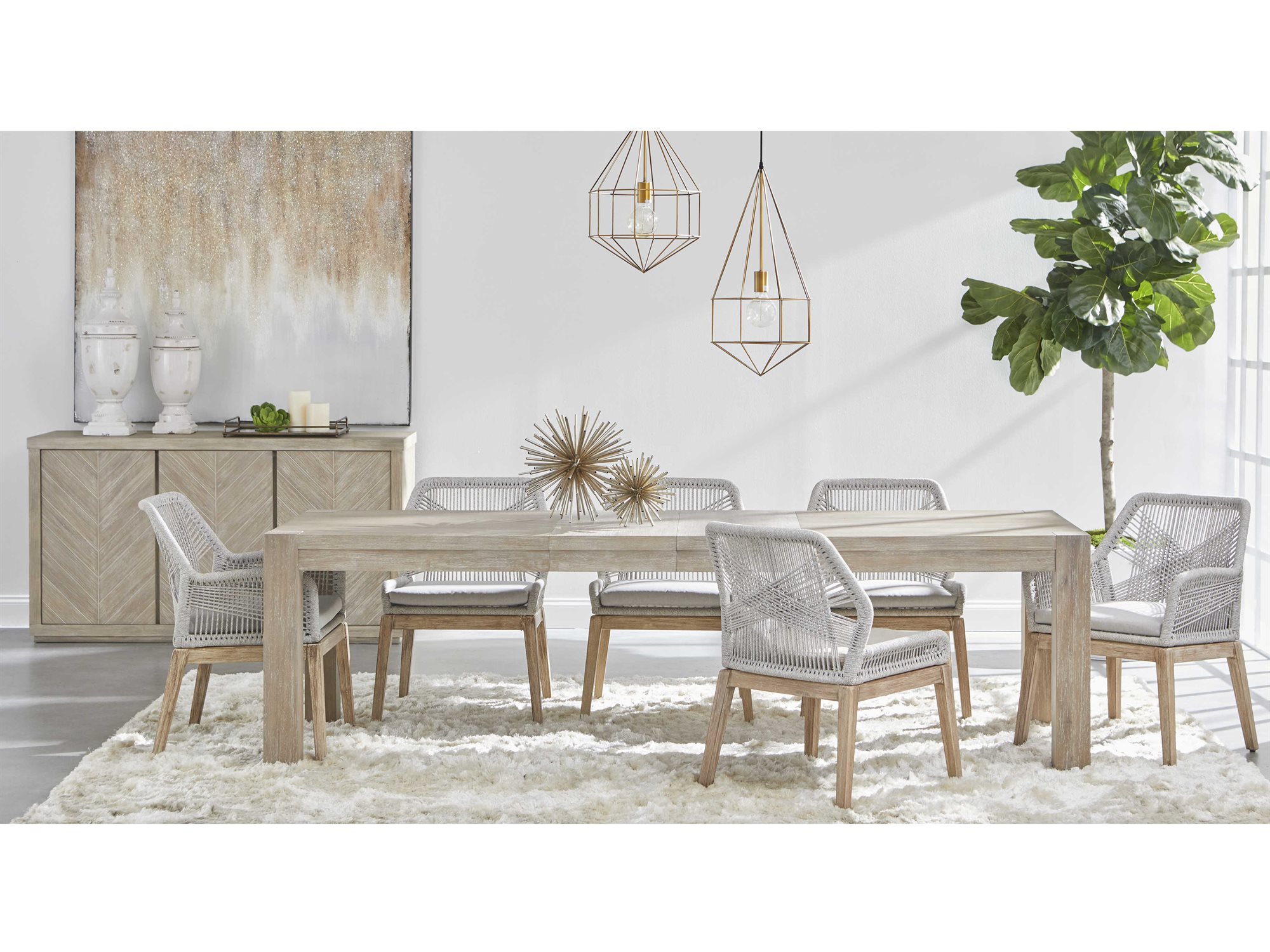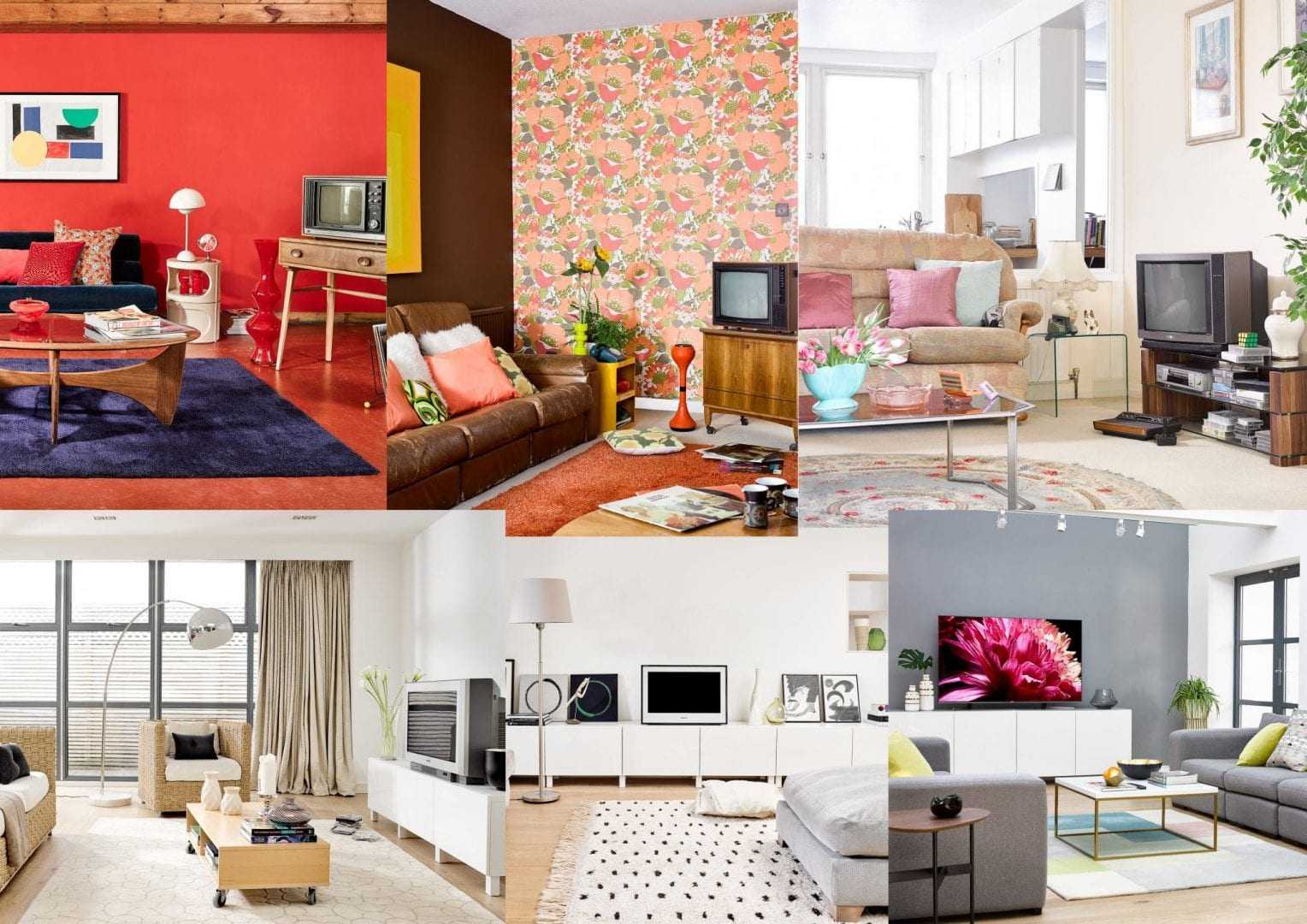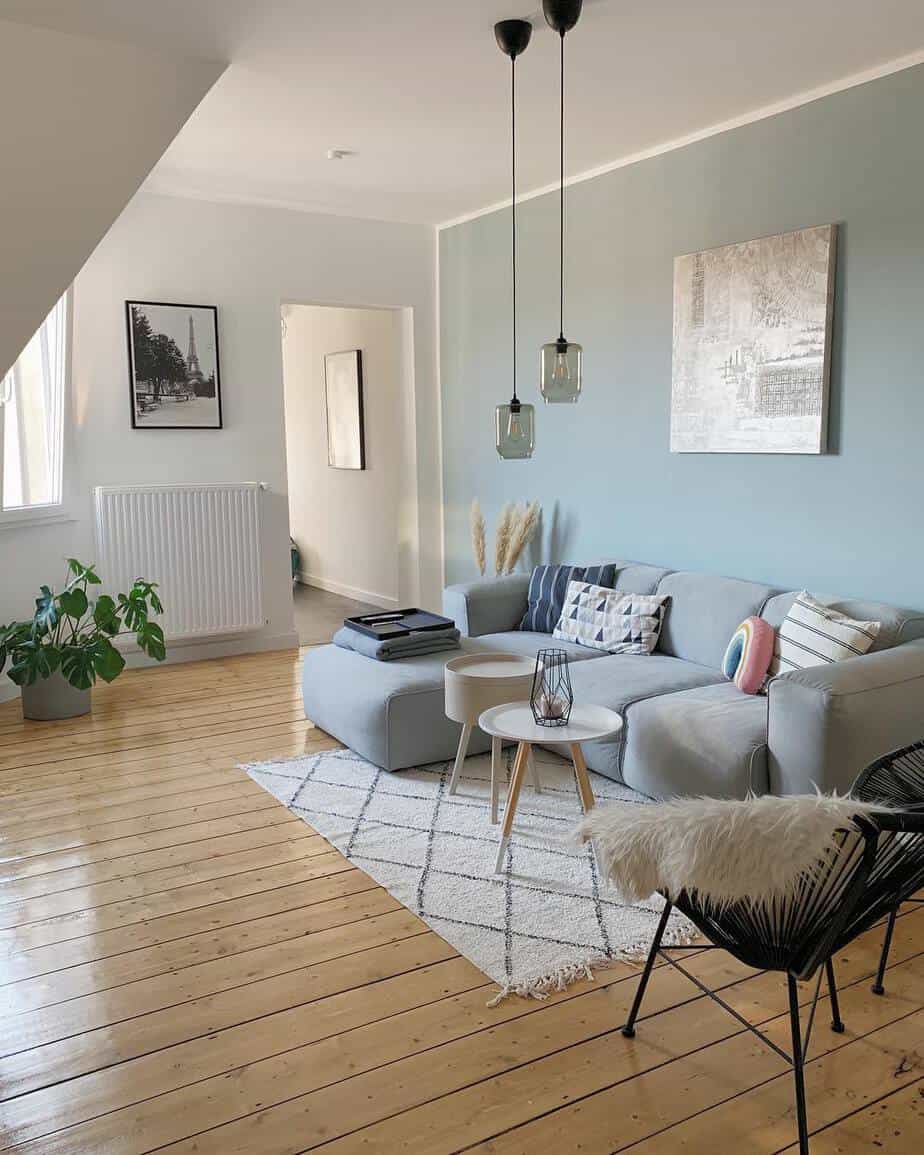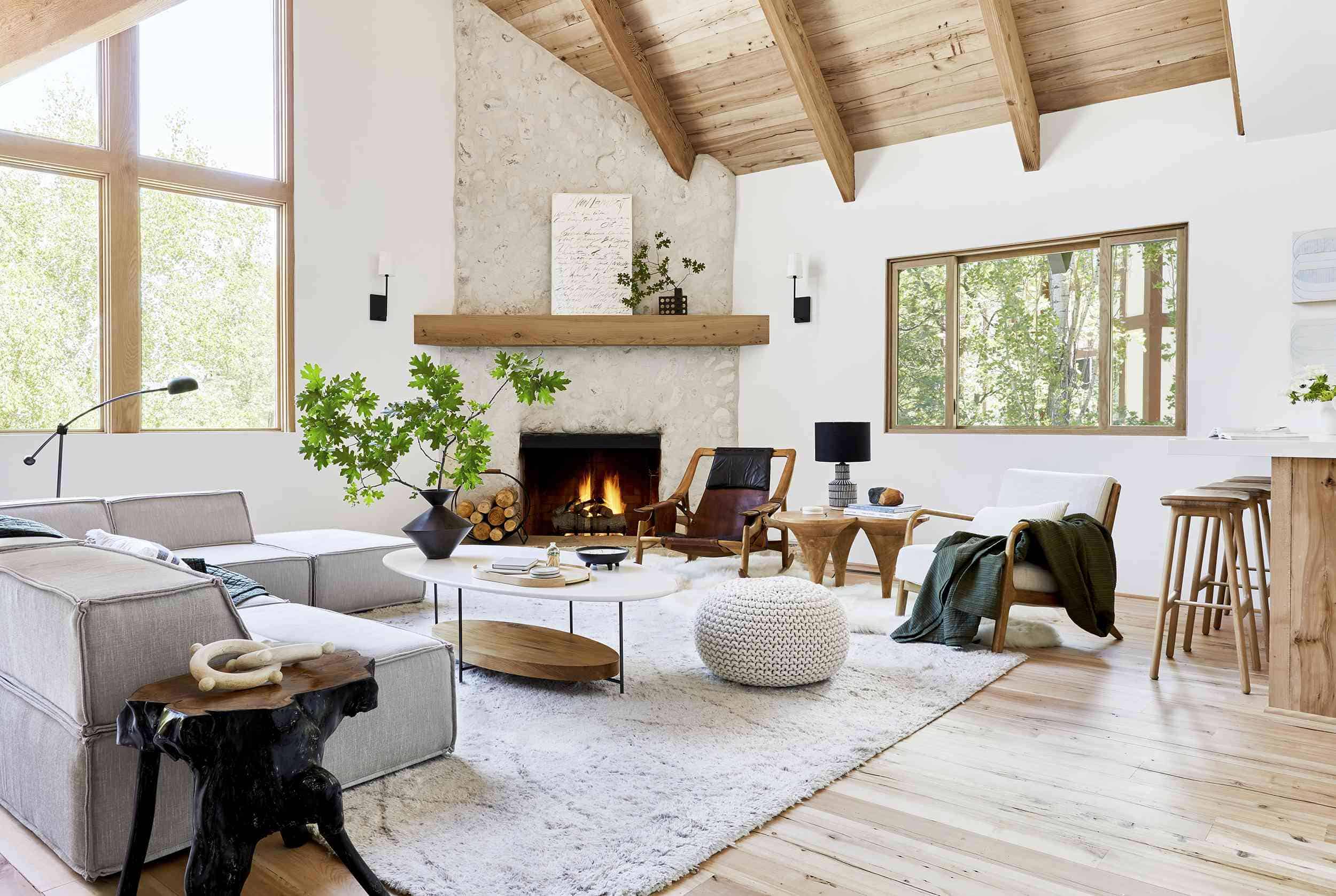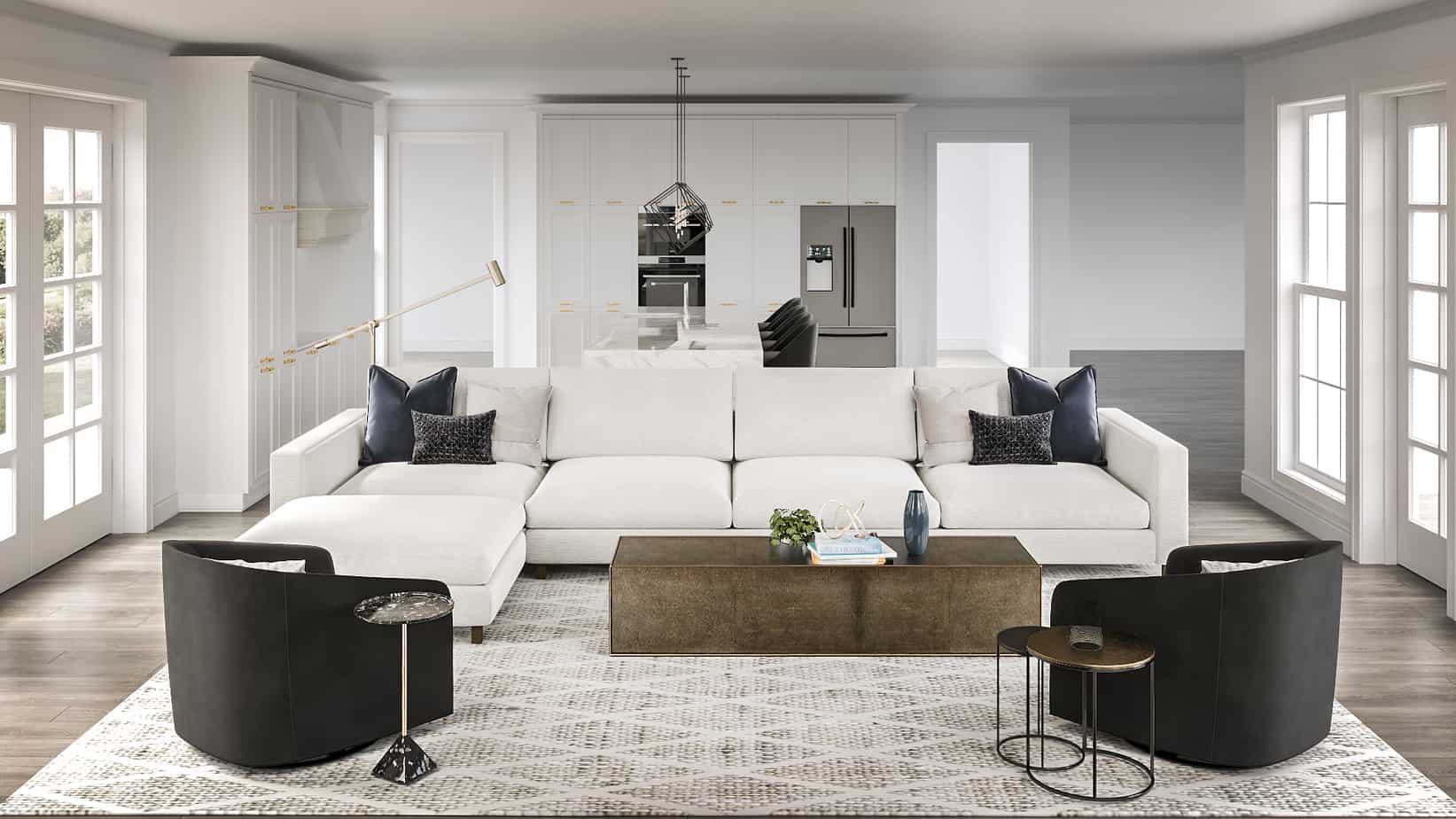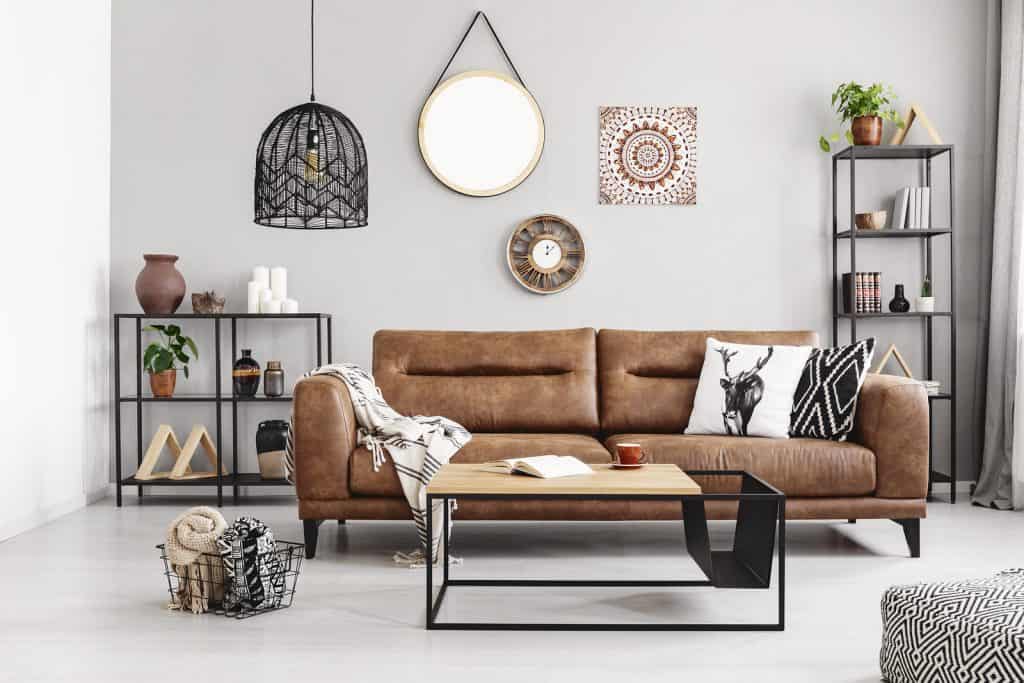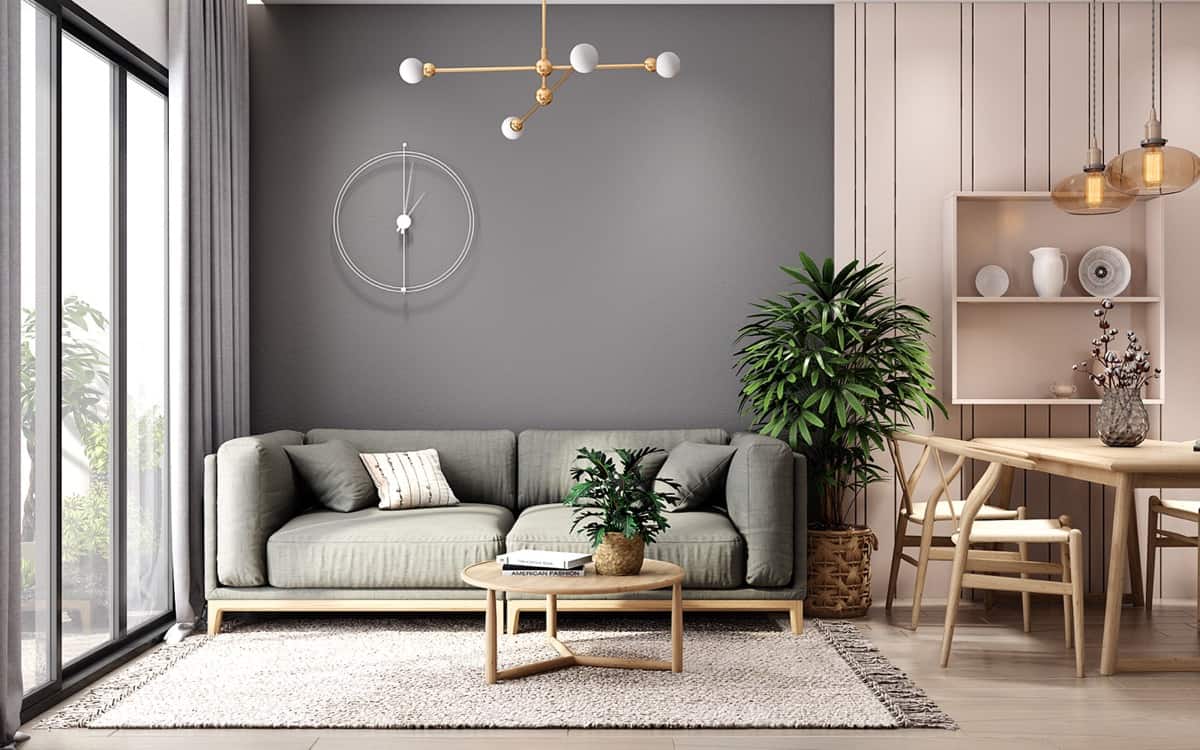Living Room History
The living room is a staple in modern homes, serving as a space for relaxation, entertainment, and socialization. But where did this beloved room originate? Let's take a trip through history to explore the origins of the modern living room.
Living Room Origins
The concept of a designated room for leisure and socializing can be traced back to ancient civilizations. In Egyptian homes, there was a central room called the "reception room" where guests were entertained. In ancient Greece, the "andron" was a room specifically for male guests to gather and discuss politics.
Evolution of Living Rooms
As society evolved, so did the living room. During the Middle Ages, the concept of separate rooms for different activities emerged, with the "great hall" serving as a communal space for eating and socializing. In the 17th and 18th centuries, the wealthy began to have designated "drawing rooms" for formal gatherings, while the middle class had "parlors" for more casual socializing.
Living Room Design History
The living room as we know it today first emerged in the 19th century as a result of the Industrial Revolution. As people moved from rural areas to cities, homes became smaller and the need for multi-functional rooms arose. Thus, the living room was born, serving as a space for relaxation, entertainment, and family gatherings.
Living Room Furniture Origins
With the rise of the living room came the need for furniture to fill it. In the early days, living rooms were furnished with heavy, ornate pieces made from solid wood. As technology and manufacturing advanced, new materials and styles were introduced, making furniture more accessible to the masses. Today, living room furniture comes in a variety of styles and materials to fit any design aesthetic.
Living Room Decor History
The decor of living rooms has also evolved over time. In the early 20th century, the Arts and Crafts movement brought a focus on simplicity and functionality, leading to the popularity of minimalist design in living rooms. In the 1950s and 60s, the mid-century modern style emerged, featuring clean lines, bold colors, and geometric shapes. And in recent years, the trend of mixing old and new has become popular, creating a unique and personalized look in living rooms.
Living Room Culture
The living room has not only evolved in design and function but has also become a reflection of culture. In Western societies, the living room is often seen as a symbol of status and wealth, with expensive furniture and decor on display. In Eastern cultures, the living room is traditionally used for family gatherings and is seen as a more intimate and personal space.
Living Room Traditions
Many families have traditions associated with the living room, such as gathering to watch a favorite TV show or hosting holiday celebrations. In some cultures, the living room is used for religious ceremonies or rituals. These traditions add depth and meaning to the living room, making it more than just a physical space.
Living Room Evolution
The living room continues to evolve with the changing times. With the rise of technology, the living room has become a hub for entertainment, with TVs, gaming consoles, and sound systems taking center stage. The rise of remote work has also transformed the living room into a makeshift office for many, with designated workspaces and comfortable seating becoming essential.
Living Room Trends
Each year, new living room trends emerge, influencing the design and decor choices of homeowners. From color palettes to furniture styles, these trends reflect the current cultural climate and showcase the ever-changing nature of the living room. Some popular trends in recent years include the use of natural materials, statement lighting, and the incorporation of plants for a touch of greenery.
In conclusion, the living room has come a long way from its humble beginnings and has evolved into a multifunctional, cultural, and ever-changing space. As society continues to change, so will the living room, adapting to our needs and reflecting our values and traditions.
The Evolution of the Living Room

The Concept of a Living Room
 The living room is an essential and often central space in the modern home. It is a place for gathering, relaxing, and entertaining, and it is a reflection of our personal style and taste. But have you ever wondered how this room came to be? The origins of the living room can be traced back to ancient civilizations, where communal spaces were used for socializing and conducting daily activities. As society evolved, so did the concept of a living room, leading to the diverse and versatile space we know today.
The living room is an essential and often central space in the modern home. It is a place for gathering, relaxing, and entertaining, and it is a reflection of our personal style and taste. But have you ever wondered how this room came to be? The origins of the living room can be traced back to ancient civilizations, where communal spaces were used for socializing and conducting daily activities. As society evolved, so did the concept of a living room, leading to the diverse and versatile space we know today.
Ancient Civilizations
 The earliest form of a living room can be found in ancient civilizations such as the Greeks and Romans. These societies often had large communal spaces in their homes, known as the atrium or peristyle, which served as a central gathering area for family and friends. These spaces were also used for conducting business, socializing, and even dining. The furniture in these rooms was simple and consisted of low benches and cushions for seating.
The earliest form of a living room can be found in ancient civilizations such as the Greeks and Romans. These societies often had large communal spaces in their homes, known as the atrium or peristyle, which served as a central gathering area for family and friends. These spaces were also used for conducting business, socializing, and even dining. The furniture in these rooms was simple and consisted of low benches and cushions for seating.
The Middle Ages
 During the Middle Ages, the living room took on a new purpose. As homes became larger and more complex, the living room, or "great hall," was used for feasting and entertainment. It was often the only heated room in the house and was reserved for the lord and his guests. The furniture in these rooms was more ornate and lavish, reflecting the status of the homeowner.
During the Middle Ages, the living room took on a new purpose. As homes became larger and more complex, the living room, or "great hall," was used for feasting and entertainment. It was often the only heated room in the house and was reserved for the lord and his guests. The furniture in these rooms was more ornate and lavish, reflecting the status of the homeowner.
The Victorian Era
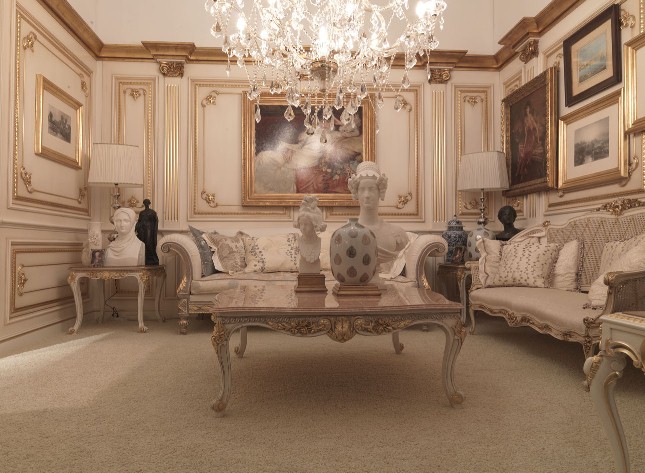 The Victorian era saw the rise of the middle-class and the emergence of the modern living room. It became a more private and intimate space, used for leisure activities such as reading, playing music, and hosting tea parties. The furniture in these rooms was more comfortable and luxurious, with upholstered sofas and armchairs becoming popular.
The Victorian era saw the rise of the middle-class and the emergence of the modern living room. It became a more private and intimate space, used for leisure activities such as reading, playing music, and hosting tea parties. The furniture in these rooms was more comfortable and luxurious, with upholstered sofas and armchairs becoming popular.
The Modern Living Room
 In the 20th century, the living room took on its current form as a multifunctional space. With the rise of technology and changing social norms, the living room became a place for watching television, playing games, and spending time with family and friends. The furniture became more versatile, with the addition of coffee tables, entertainment centers, and sectional sofas.
In the 20th century, the living room took on its current form as a multifunctional space. With the rise of technology and changing social norms, the living room became a place for watching television, playing games, and spending time with family and friends. The furniture became more versatile, with the addition of coffee tables, entertainment centers, and sectional sofas.
In Conclusion
 The living room has come a long way from its humble beginnings as a communal space in ancient civilizations. It has evolved to become a vital and versatile room in the modern home, reflecting the changes in society and our way of living. From simple benches to luxurious sofas, the living room continues to be a reflection of our personal style and an essential part of house design.
The living room has come a long way from its humble beginnings as a communal space in ancient civilizations. It has evolved to become a vital and versatile room in the modern home, reflecting the changes in society and our way of living. From simple benches to luxurious sofas, the living room continues to be a reflection of our personal style and an essential part of house design.

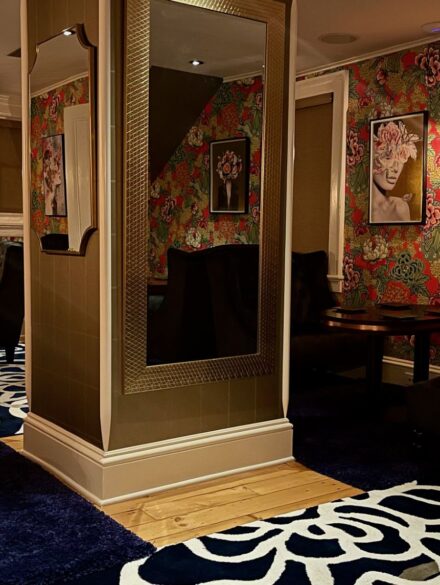

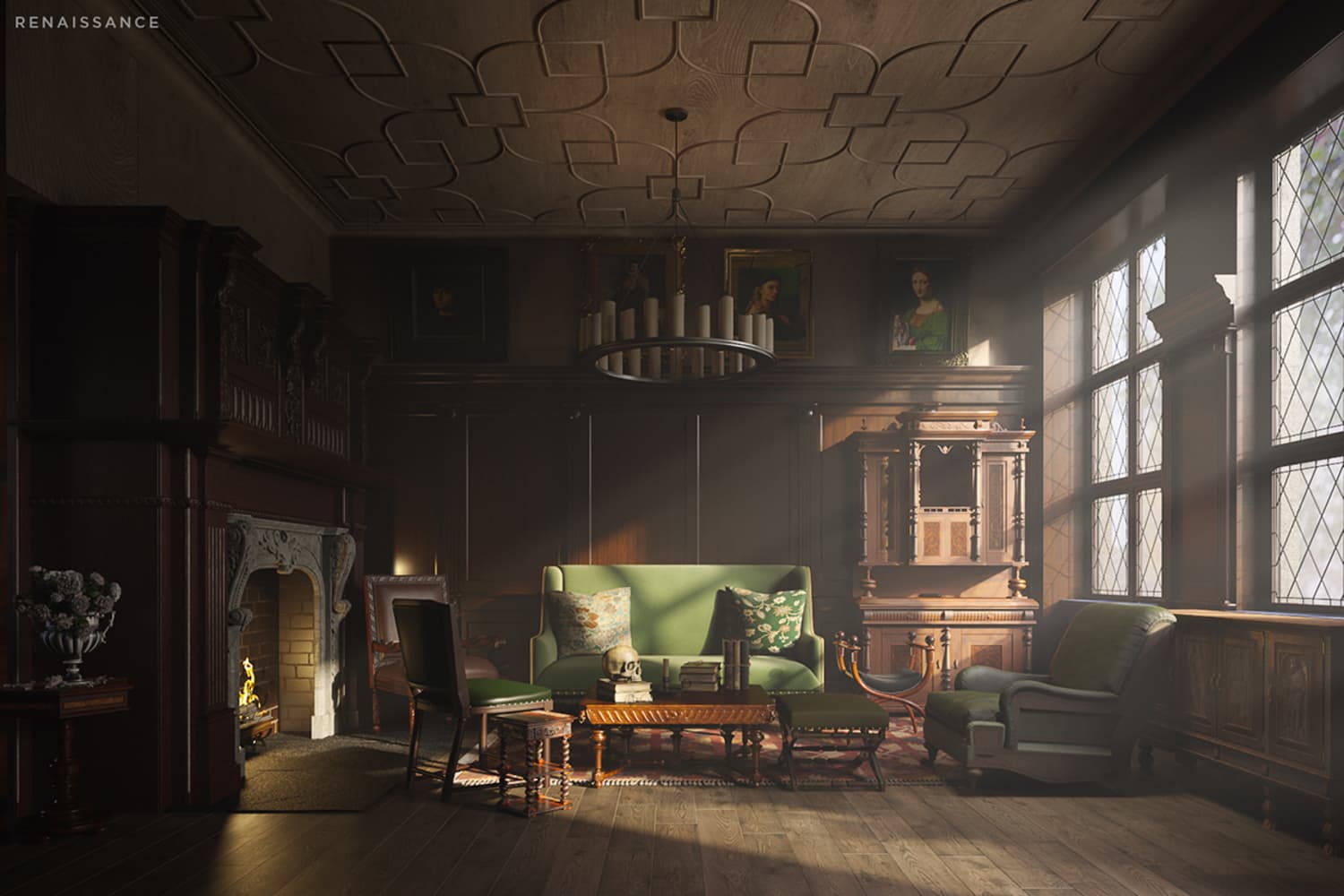
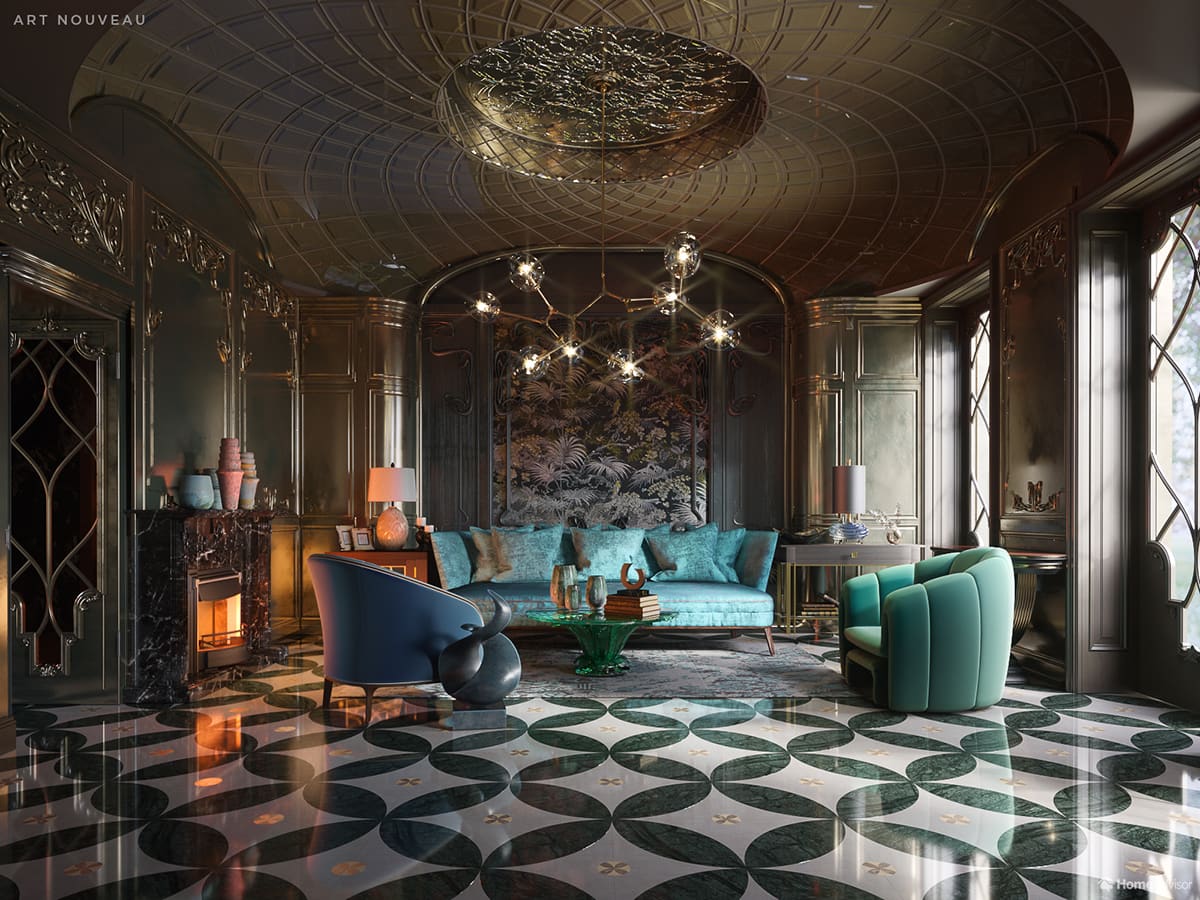
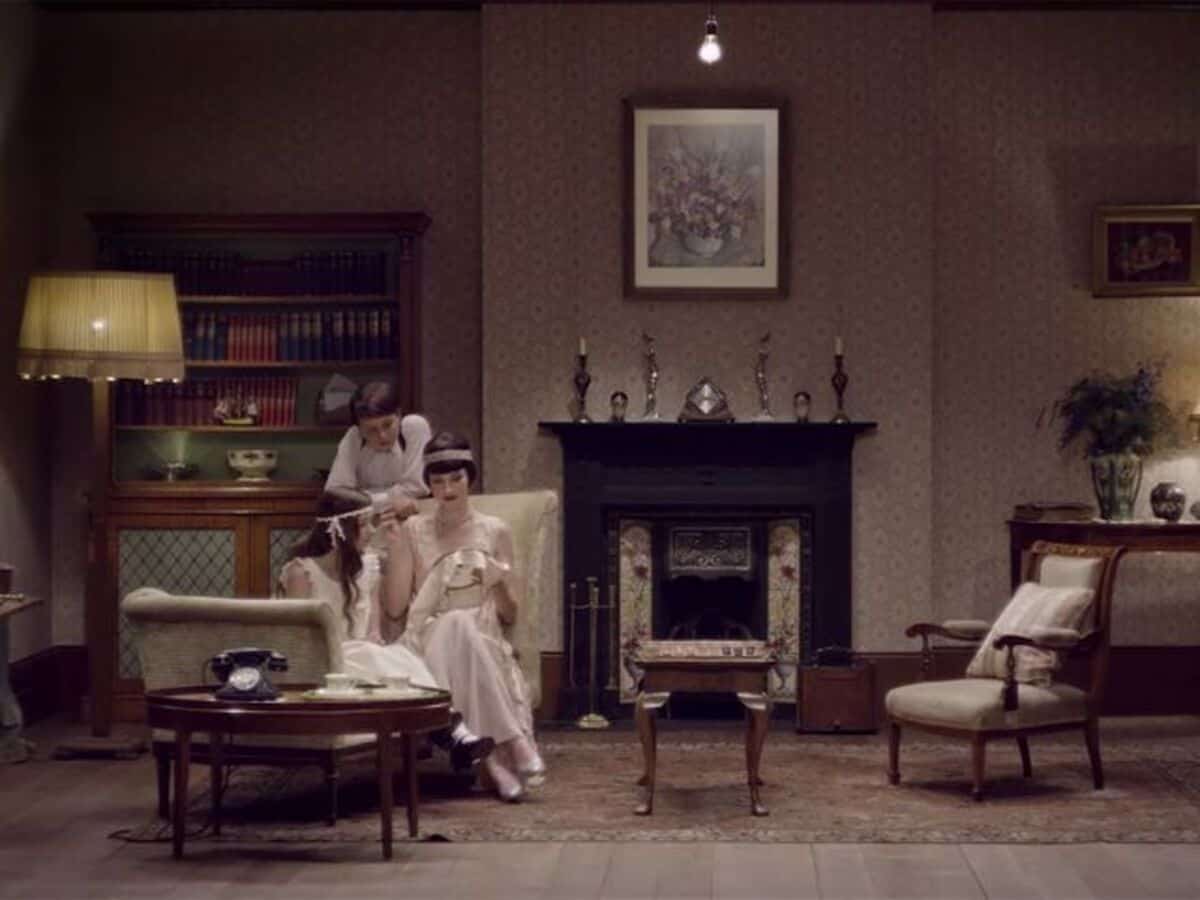
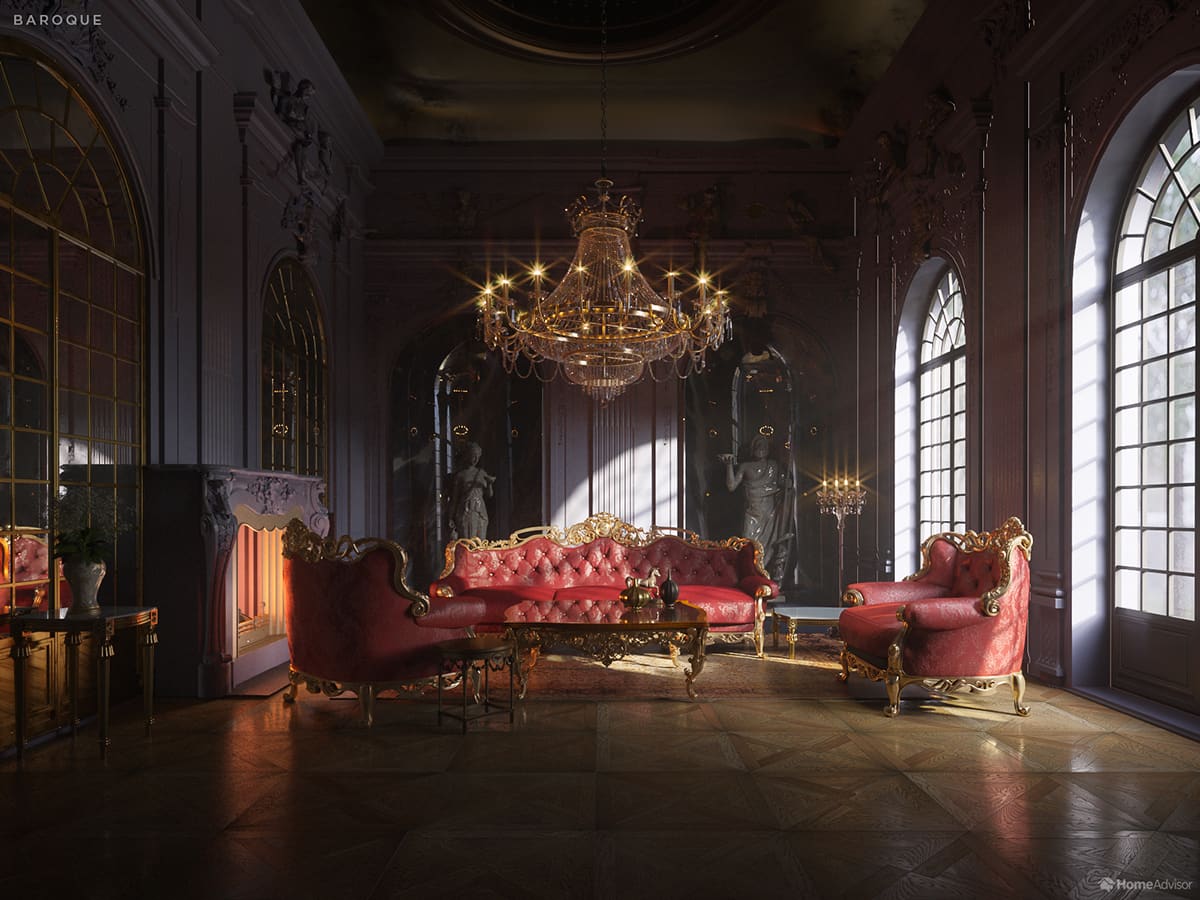
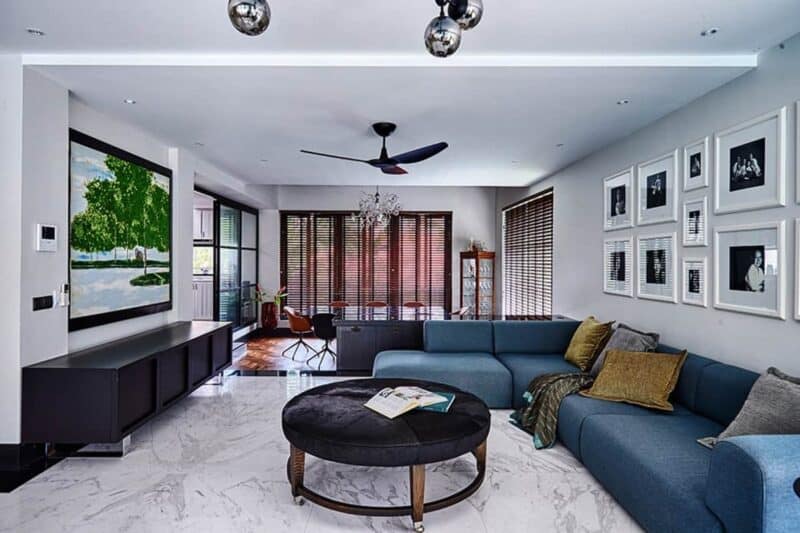



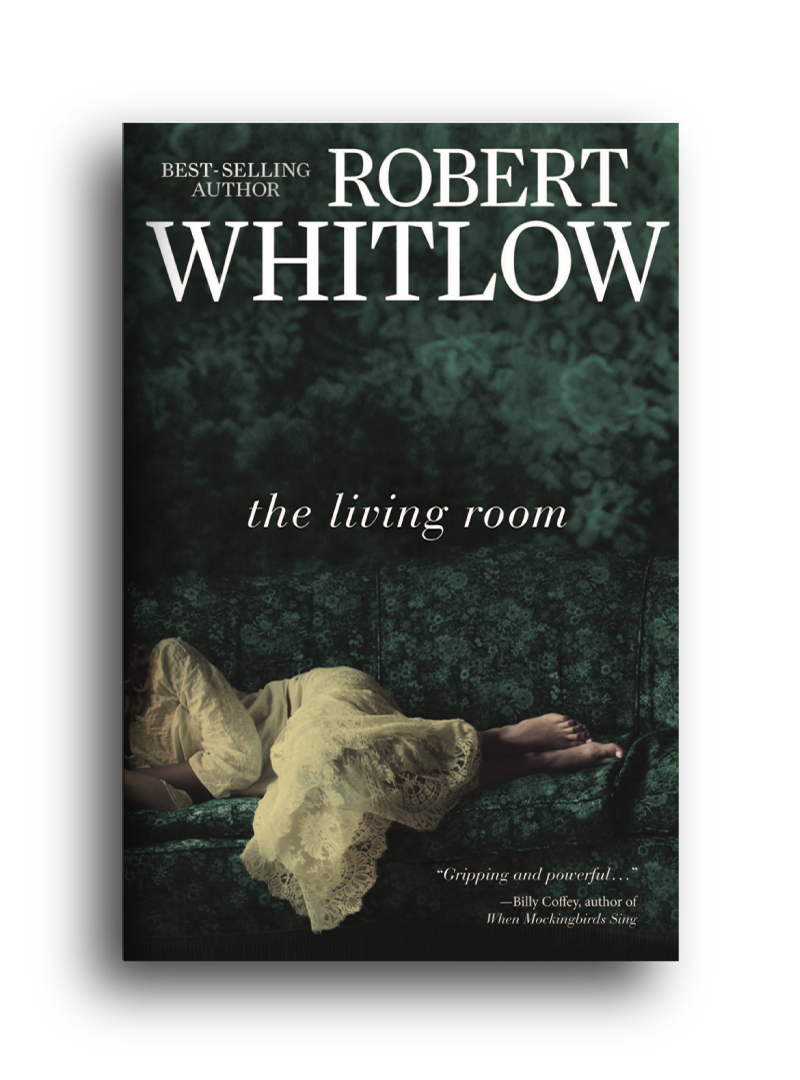




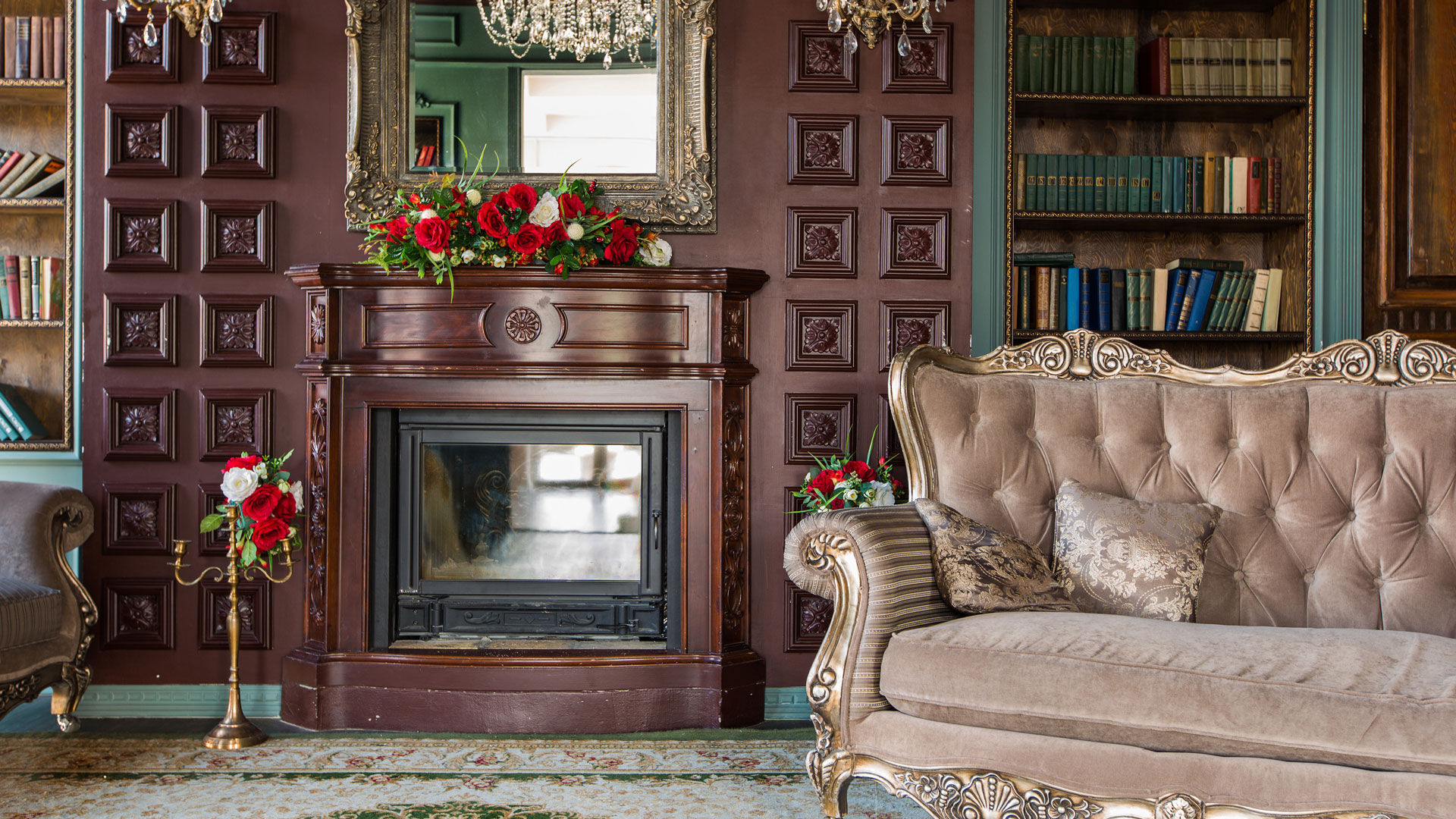

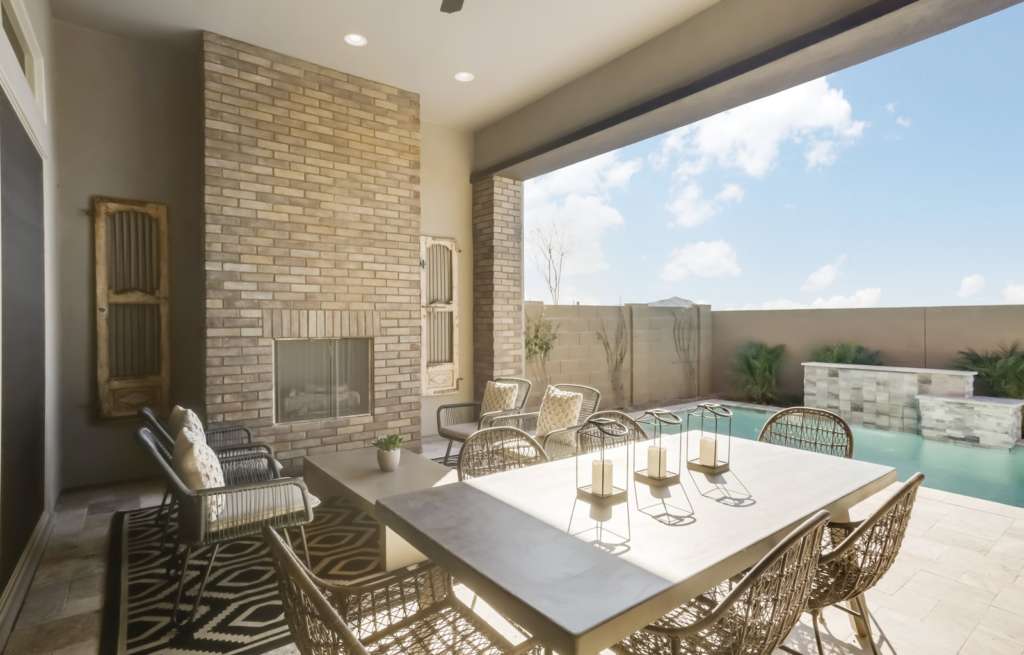
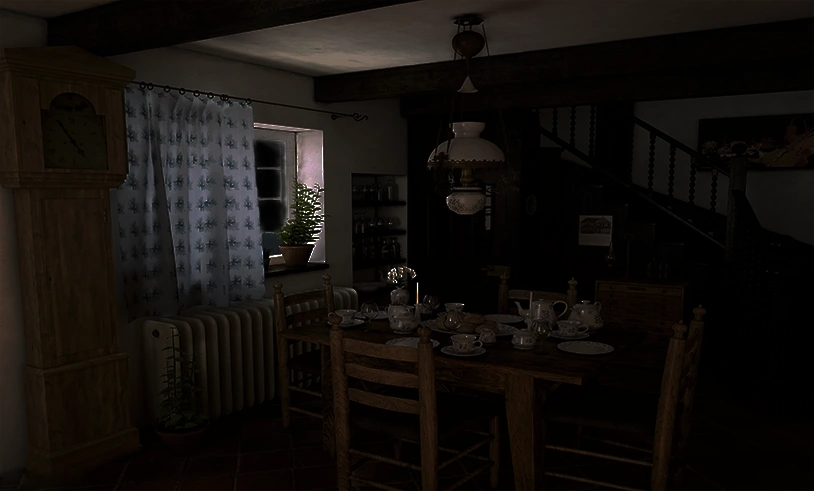


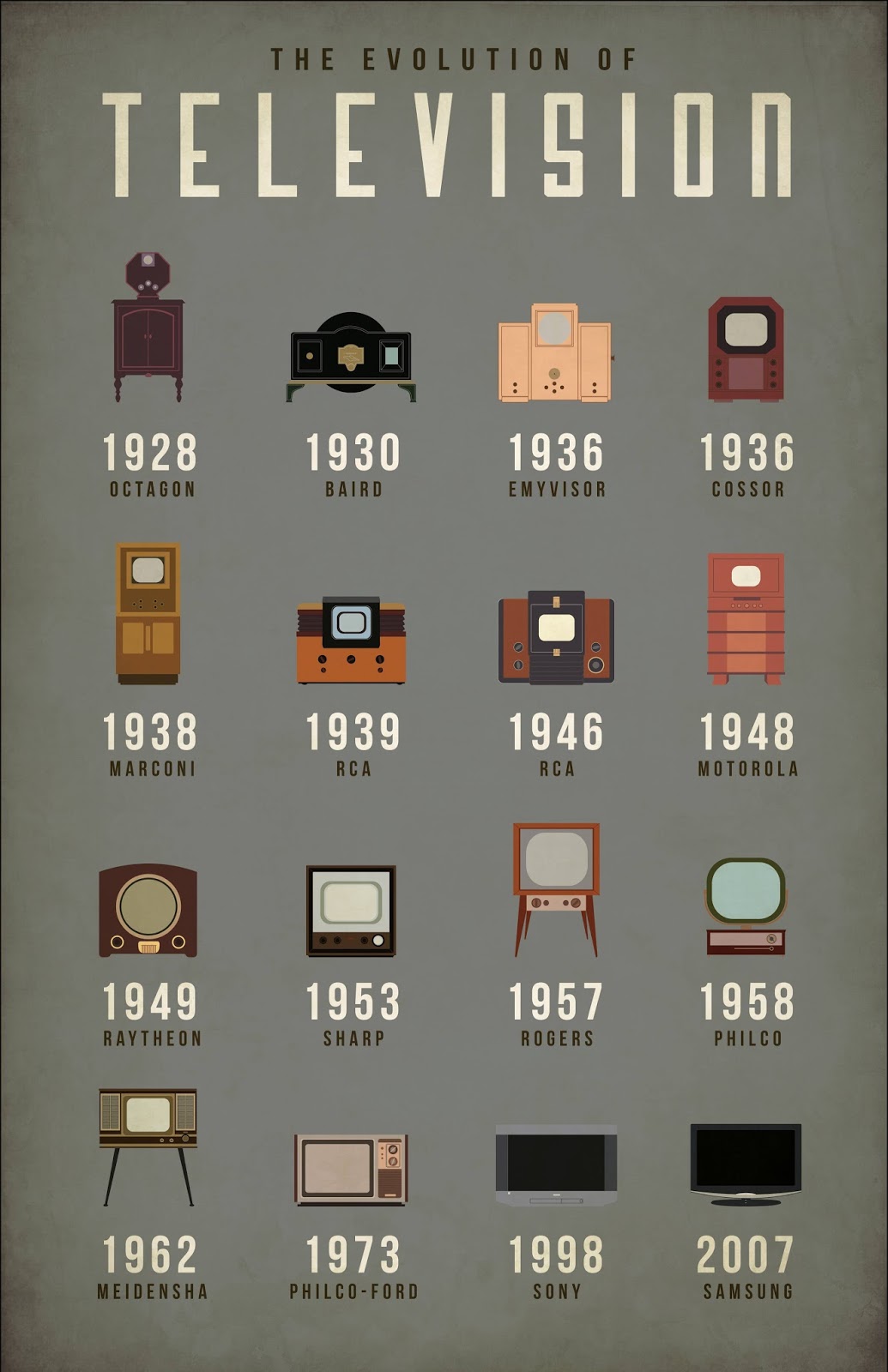








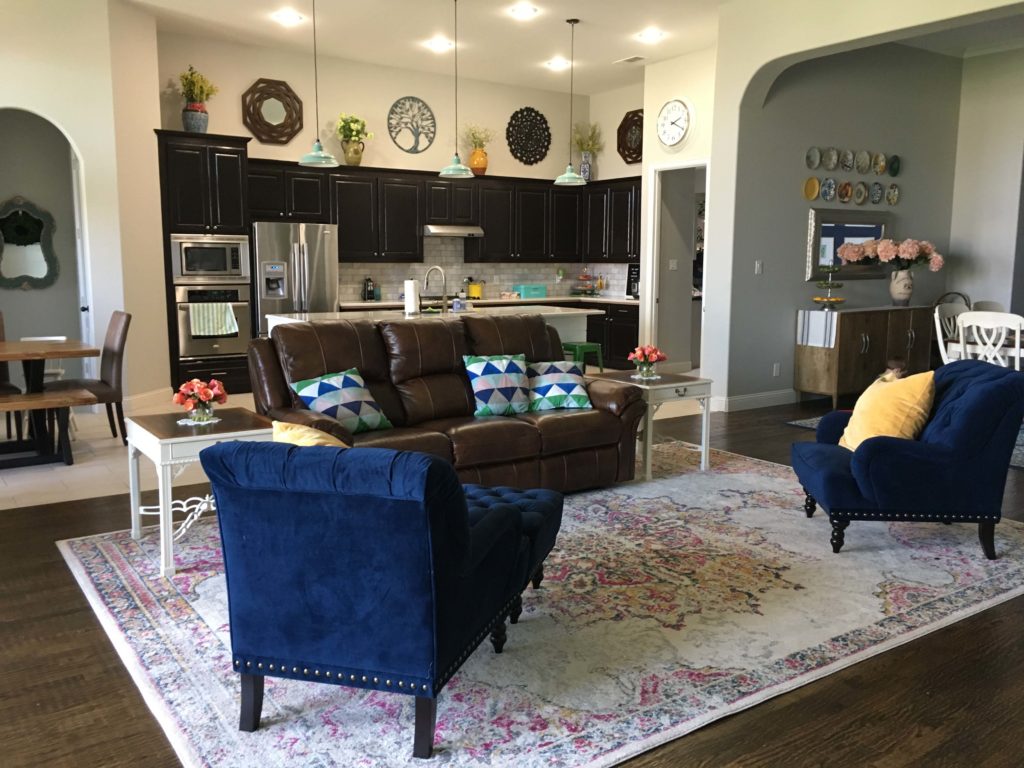


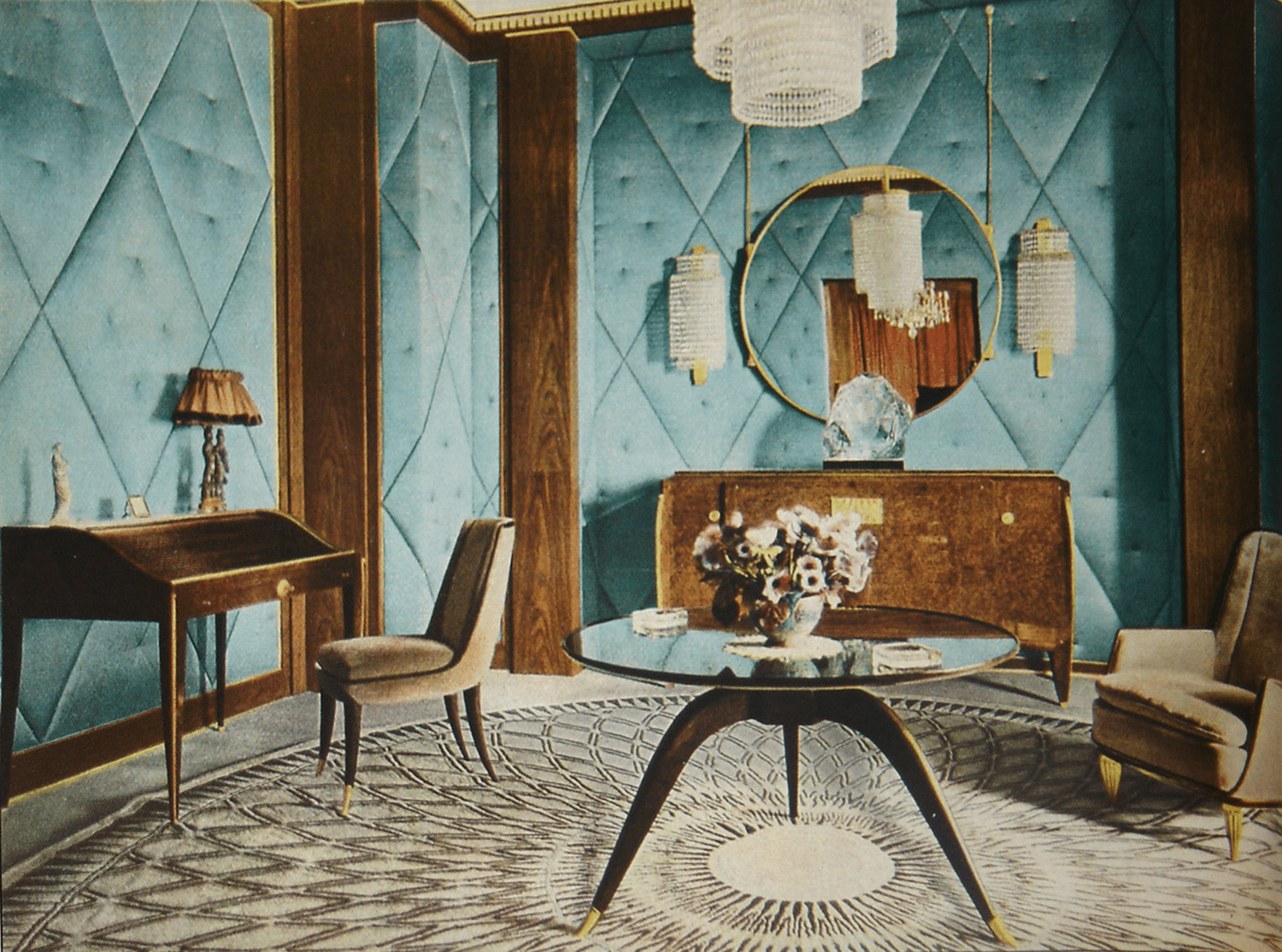


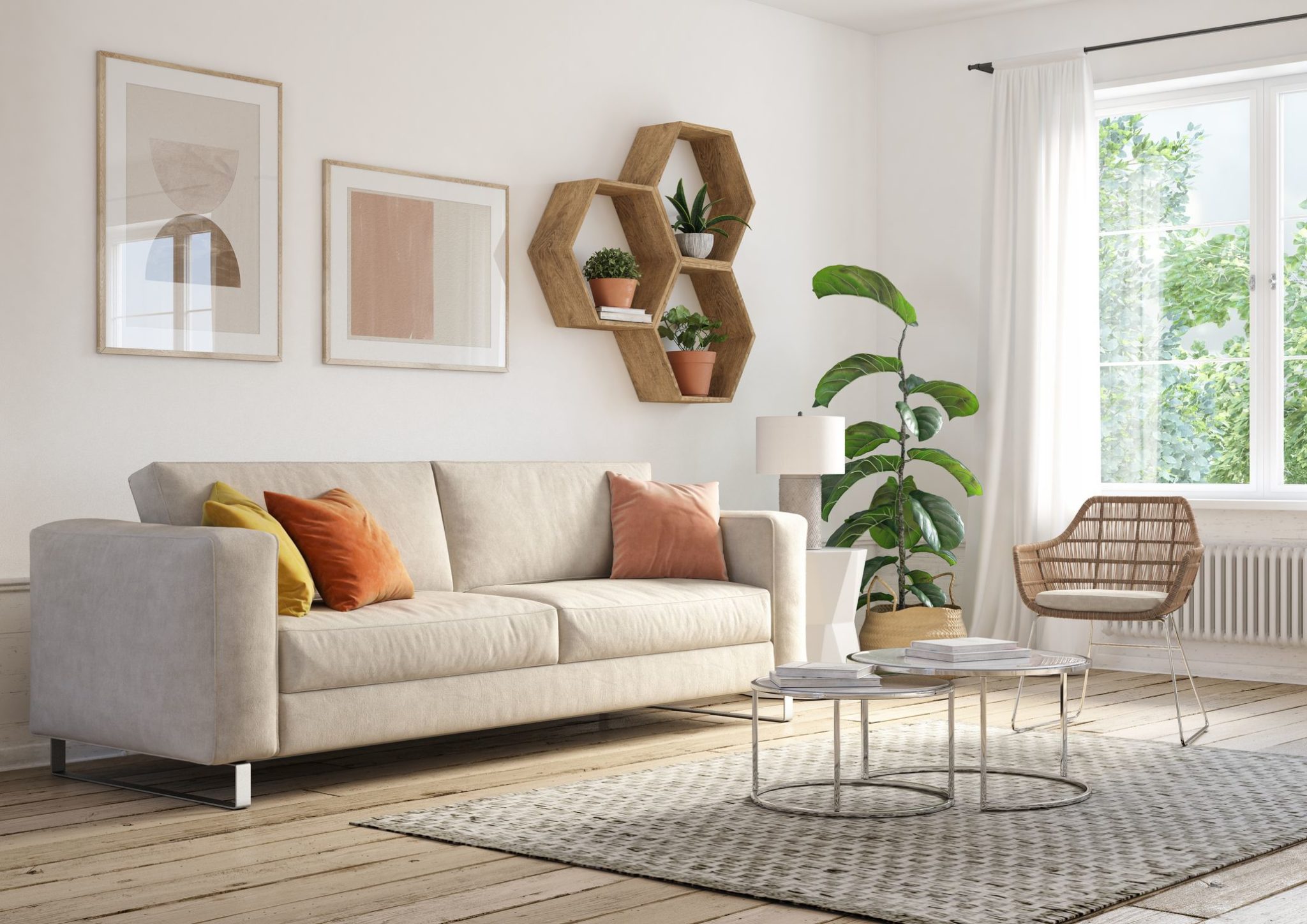
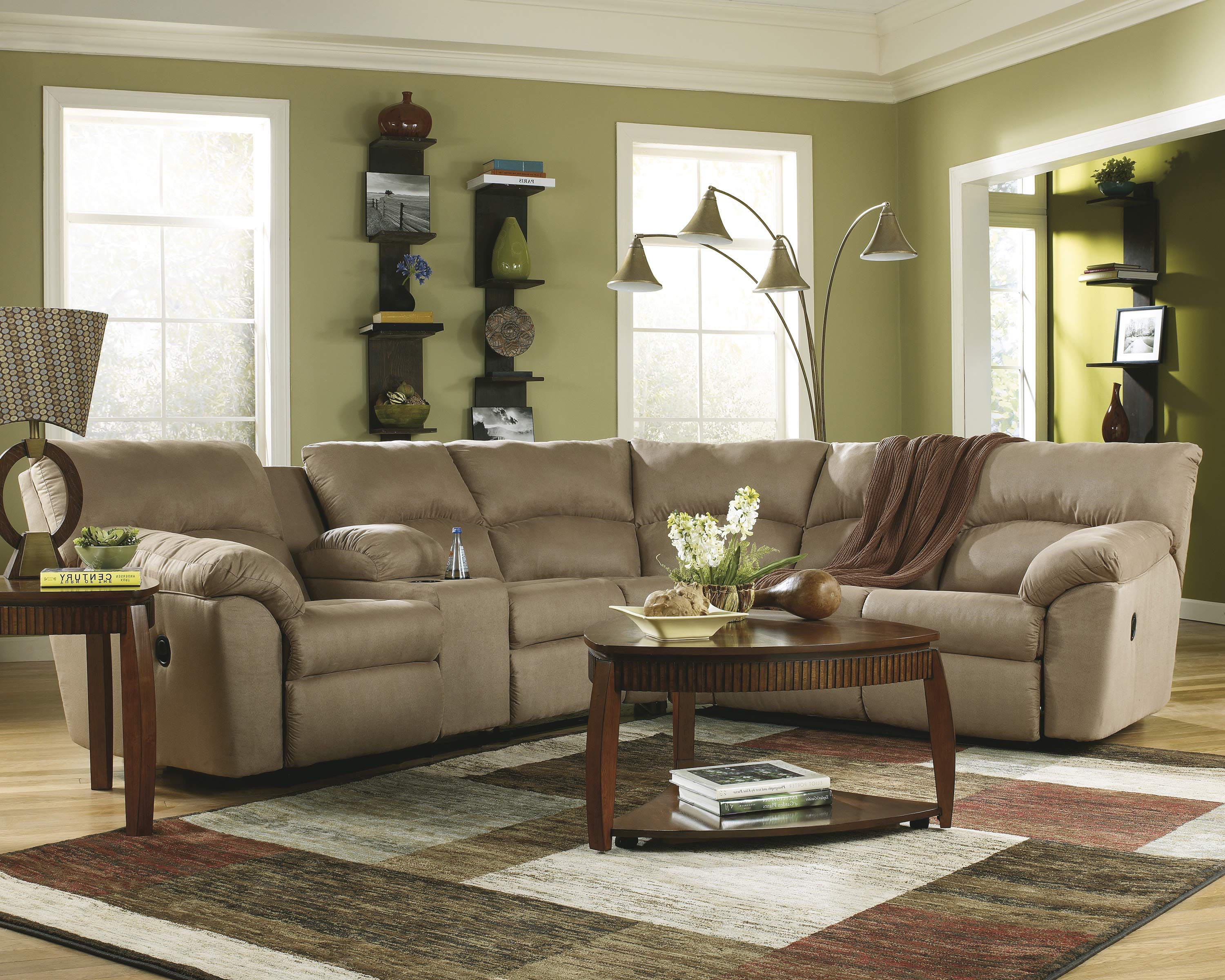

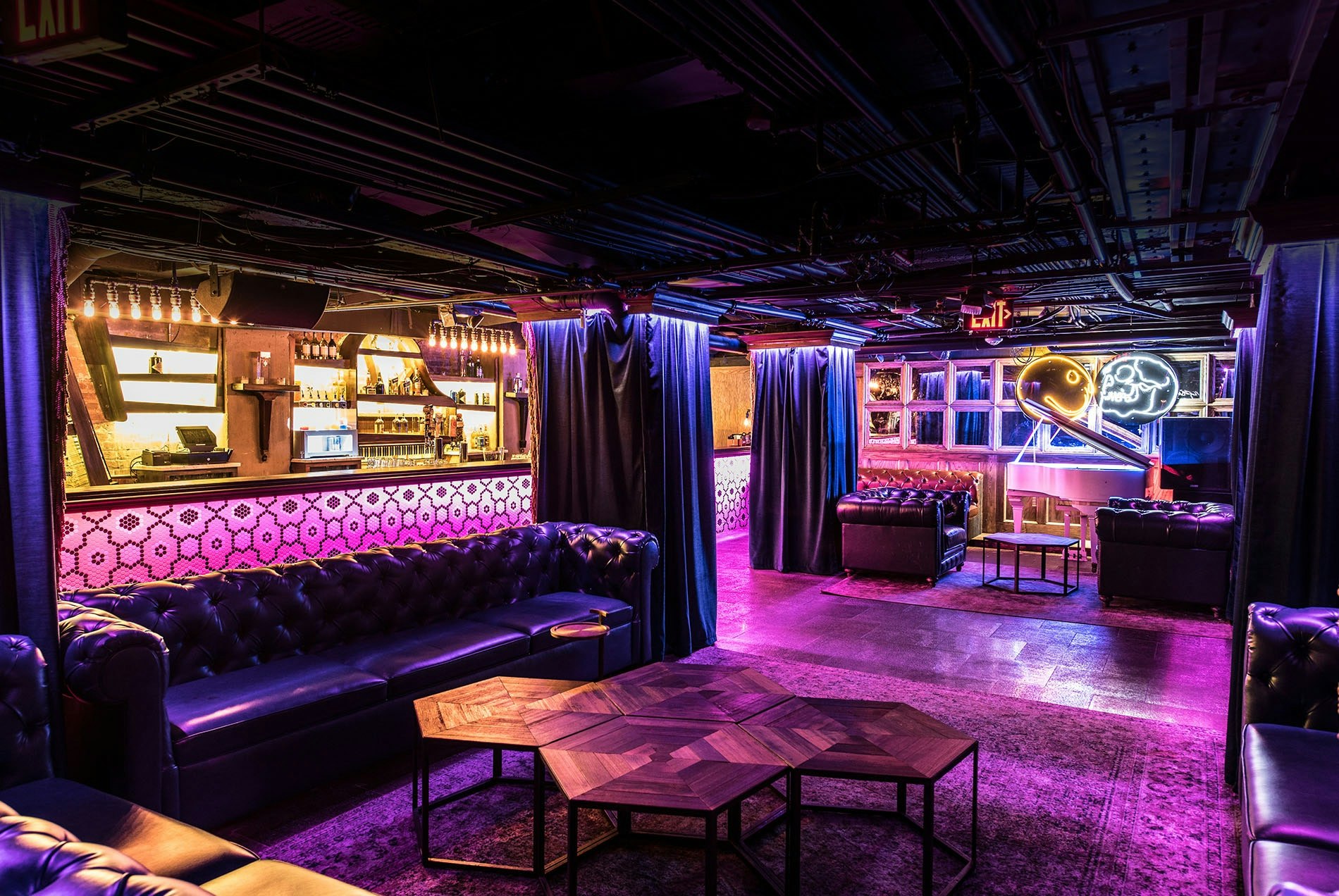
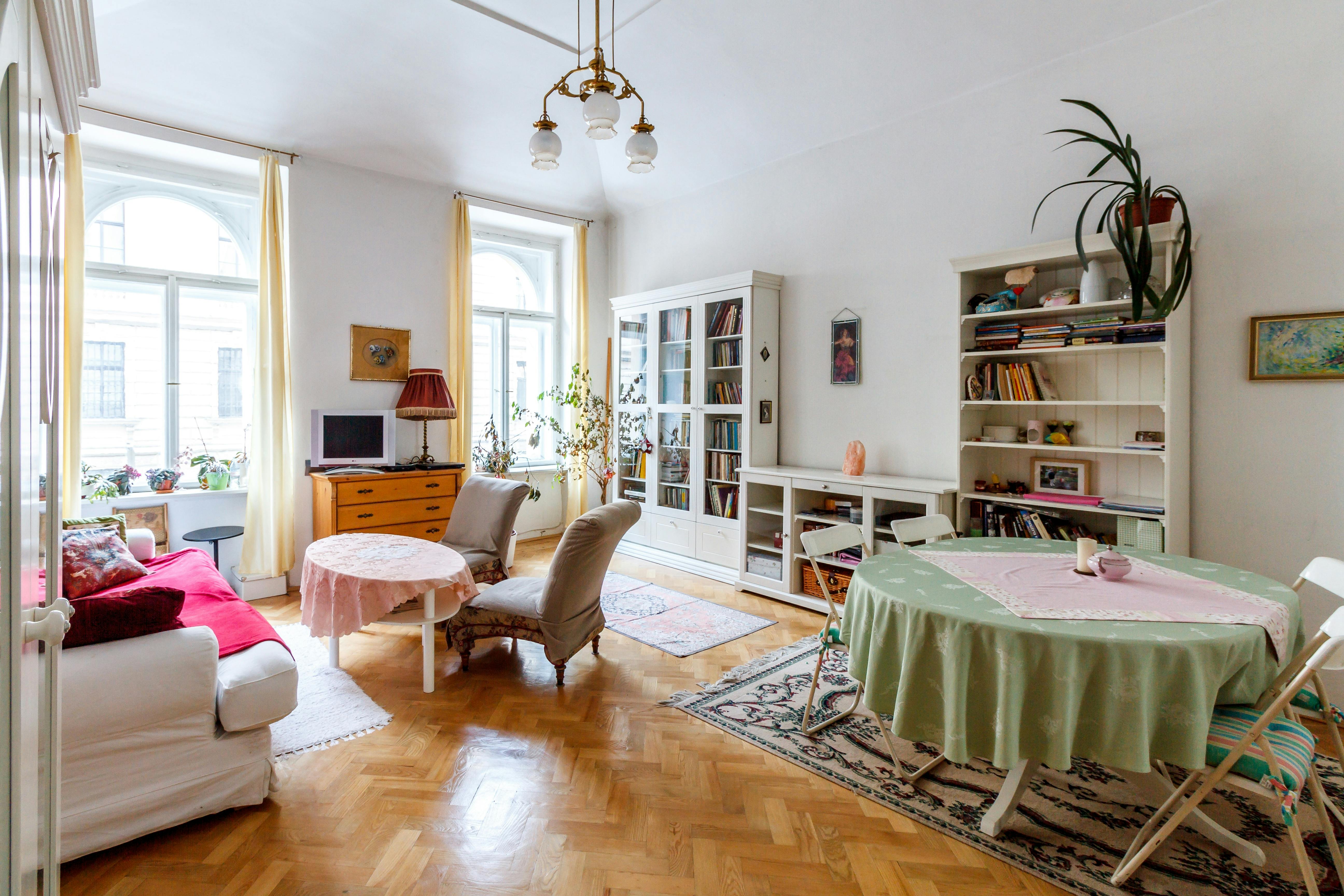

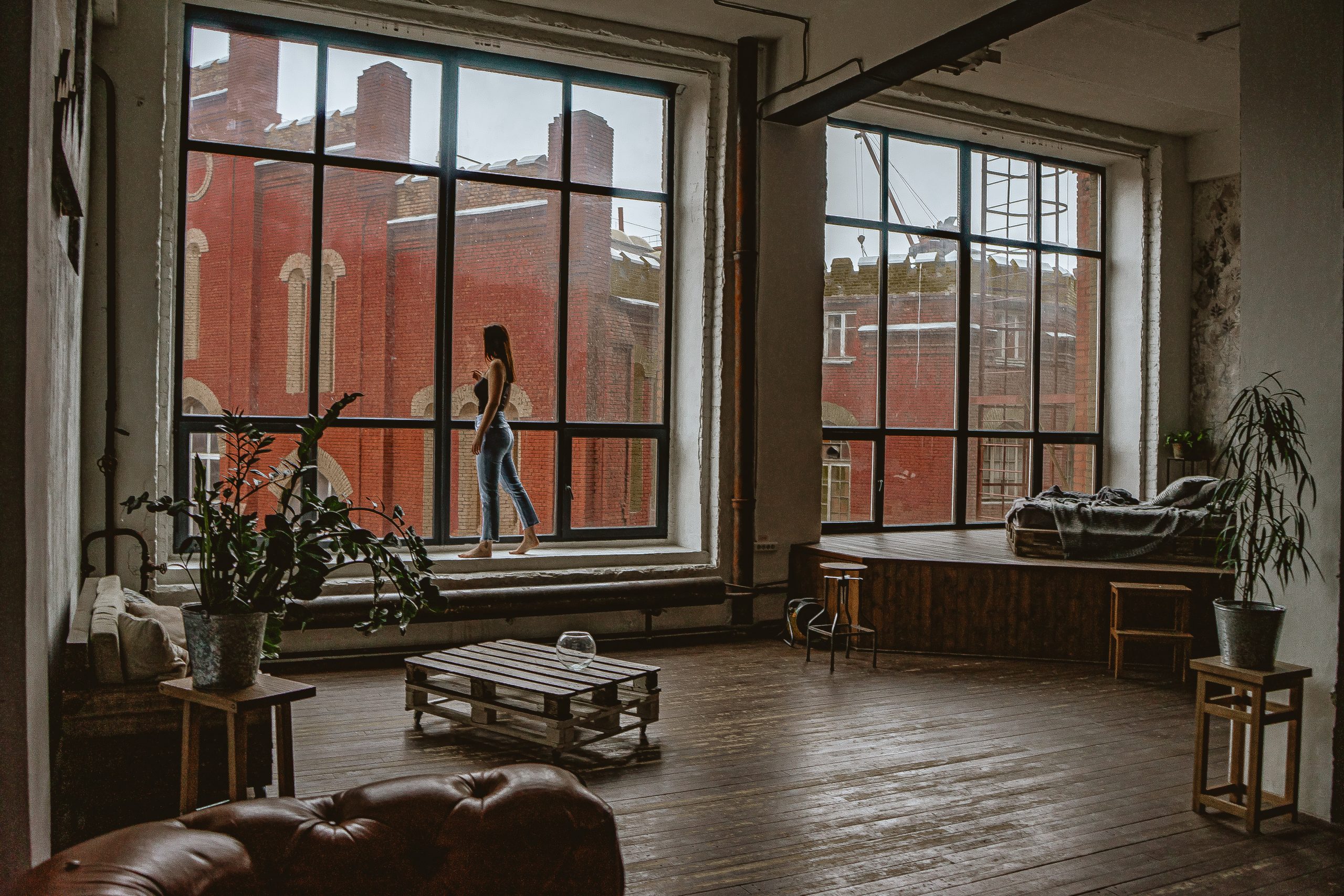

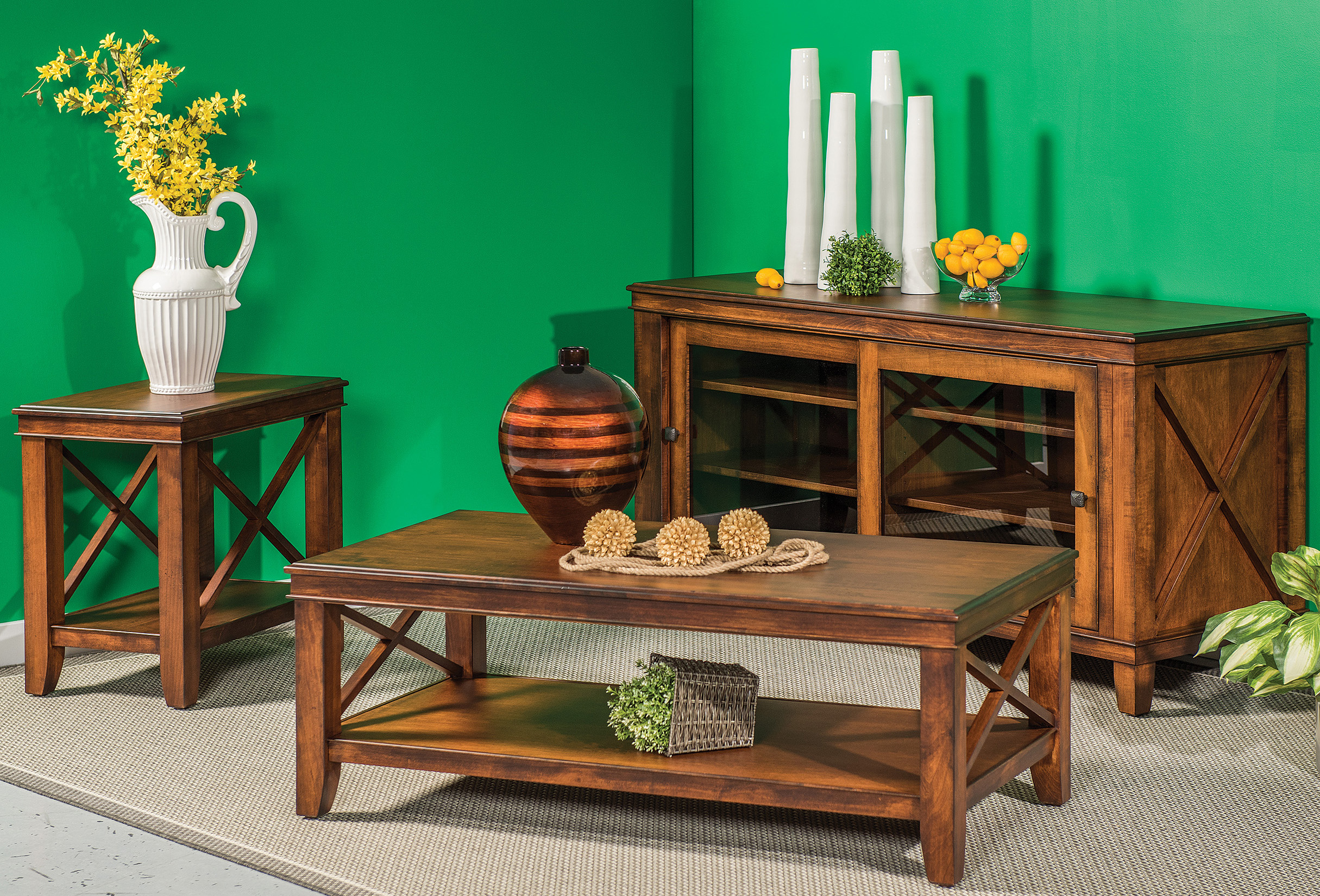






/GettyImages-999097260-bc2caabf10d946418e99772718d55ee2.jpg)

